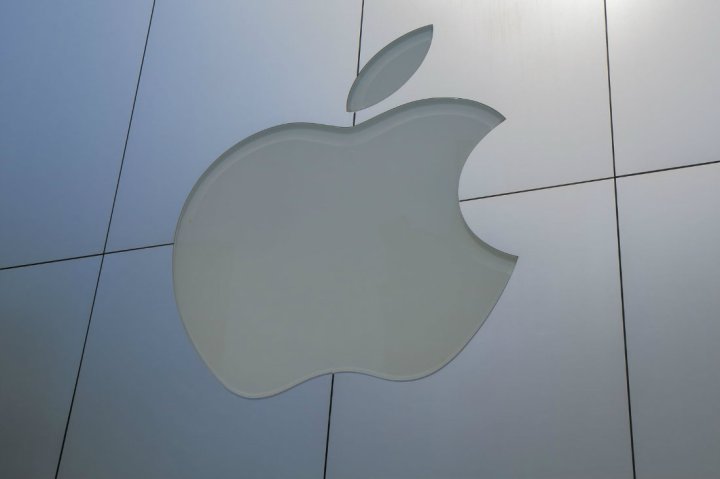
Google’s latest customer is not only a bigger name than Spotify, but also a direct competitor in more than one market. But that hasn’t stopped Apple from signing a deal to power part of iCloud using the Google Cloud Platform, according to a report from CRN, which has sources saying that Apple is spending anywhere from $400 million to $600 million on the deal.
Until now, iCloud has been powered by a combination of Amazon Web Services (AWS), Microsoft Azure, and its own servers. Apple hasn’t entirely abandoned AWS, and remains a customer, though it has significantly reduced its reliance on the platform.
Google has a long history of not sharing numbers any more than it has to, and this includes its cloud revenue, but this is without a doubt a major deal for the company in terms of market share, if not in revenue. While AWS remains the go-to solution for many companies, Google’s vow to undercut it in terms of price has seen Google Cloud Platform gaining significant business volume.
As for why Apple is opting to move to Google’s platform instead of simply staying put with AWS, cost likely has a lot to do with it. “Google is actually the cheapest play in the market when you take into consideration everything they’re doing and when you take into account their various incentives,” says Micheal Fraser, CEO of InfiniteOps, a cloud vendor that works with Google, adding that the company offers the “most cost savings, [and] lowest pricing for what you actually get.”
While it’s definitely interesting to see Apple in such a close business relationship with one of its chief competitors, this deal may not actually last all that long. In a report released last month, Morgan Stanley speculated that Apple may be looking into building its own data centers. As computing in general becomes more cloud focused, a move by Apple away from reliance on other companies for its cloud services would certainly make sense.
Editors' Recommendations
- Carriers are, unsurprisingly, blocking Apple’s iCloud Private Relay feature
- Google Pixel 6 vs. Apple iPhone 13: Is Google’s new flagship an Apple eater?
- Everything you need to know about iCloud+
- How to use iCloud for backups on your iPhone, iPad, or Mac
- Apple now lets you easily move iCloud Photos content to Google Photos


